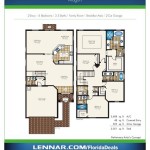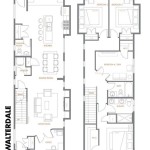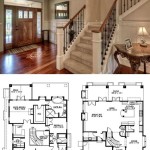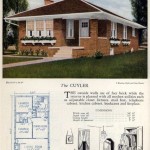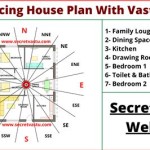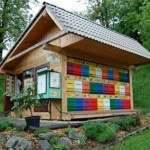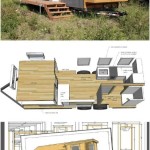Essential Aspects of House Plans With Secret Passages
The allure of hidden rooms and secret passages has captivated imaginations for centuries. They evoke a sense of mystery and intrigue, promising adventure and escape. While it may seem like a relic of the past, incorporating a secret passage into your home plan is still possible and can add a touch of whimsy and excitement to your living space.
Planning Considerations
Designing a house plan with a secret passage requires careful planning. The passage should be discreetly concealed and accessible without drawing attention. Consider the following factors:
- Location: Choose a location where the passage will not be easily discovered, such as behind a bookcase, in a closet, or in a hidden alcove.
- Size: The passage should be large enough for comfortable movement, but not so spacious that it becomes noticeable.
- Access: The passage should be accessible through a hidden door or panel that blends seamlessly with the surrounding walls.
- Ventilation: Ensure there is adequate ventilation to prevent the passage from becoming stuffy or damp.
Types of Secret Passages
There are various types of secret passages to choose from, each with its unique design and function:
- Hidden Doors: Concealed doors that blend into walls or furniture, revealing a secret passage when opened.
- Trap Doors: Disguised as floorboards or other surfaces, trap doors provide access to hidden spaces beneath.
- Sliding Walls: Secret passages can be created by incorporating sliding walls that move to reveal hidden rooms.
- Rotating Bookcases: Bookcases that rotate to expose a hidden doorway leading to another part of the house.
Safety and Security
While secret passages can be exciting, it is crucial to prioritize safety and security:
- Lighting: Illuminate the passage adequately to ensure safe movement.
- Emergency Exit: Provide a clear and accessible emergency exit in case of emergencies.
- Fire Safety: Ensure the passage meets building codes and fire safety regulations.
- Security System: Consider installing a security system to prevent unauthorized access to the secret passage.
Aesthetic Considerations
In addition to the functional aspects, the secret passage should also complement the overall design of your home:
- Architectural Style: Match the design of the passage to the architectural style of your house to maintain a cohesive look.
- Materials: Choose materials that blend seamlessly with the surrounding decor, such as wood, metal, or stone.
- Lighting: Use lighting to create an ambiance that enhances the mystery and intrigue of the passage.
With careful planning and execution, a secret passage can become a unique and intriguing feature in your home, adding a touch of charm, adventure, and escapism to your daily life.

Secret Room Rooms Victorian House Plans

Storybook Inspiration With Secret Passage 17570lv Architectural Designs House Plans

Country Home Plan With Two Masters And A Secret Room 36025dk Architectural Designs House Plans

Colonial Style House Plan 4 Beds 3 5 Baths 2935 Sq Ft 429 378 Secret Rooms Victorian Plans

Storybook Inspiration With Secret Passage 17570lv Architectural Designs House Plans

2 Story 5 Bedroom Country Home With Two Masters And A Secret Room House Plan

Vayres Traditional House Plans Luxury Floor

5 Bedroom Luxury Mediterranean Spanish House Plan 134 1329

Mediterranean Style House Plan 5 Beds 3 Baths 2957 Sq Ft 80 179 Houseplans Com

Floor Plan G

